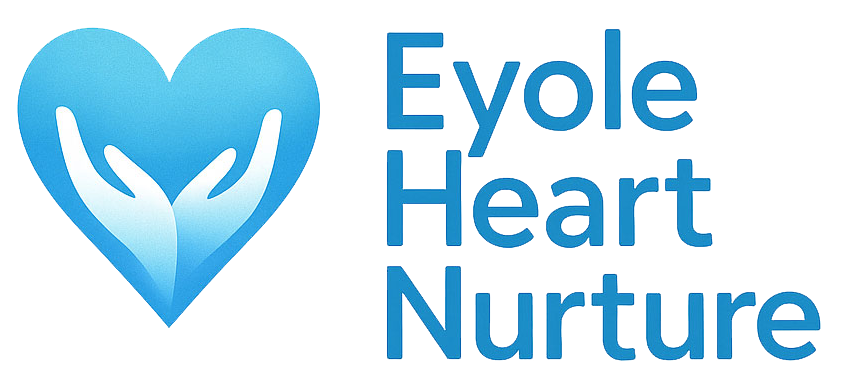It was a rainy afternoon in the rolling hills of Bafoussam when Francis, a 38-year-old carpenter, sat quietly in his workshop. The loss of his brother to a sudden illness had weighed on him for months, tightening his chest with unspoken grief. “I held it in, thinking tears were a sign of weakness,” Francis admits, his voice softening with memory. But when a friend embraced him, the tears flowed—a release that left him feeling lighter. A local health worker later shared that those tears might have protected his heart from the stress he’d carried. At EyoleHeartNurture.com, we believe tears can mend the soul, reflecting the truth that “those who sow with tears will reap with songs of joy” (Psalm 126:5).
A Moment of Release
Francis’ days were shadowed by sorrow. The grief over his brother’s passing left him tense, a struggle common in Cameroon, where emotional expression is often stigmatized. Health experts state, “Crying can be a healthy way to process emotions, reducing stress and potentially benefiting heart health. With 17.9 million cardiovascular deaths globally each year due to chronic stress, including in sub-Saharan Africa, per the WHO, this natural release offers hope where mental health resources are scarce.
The Science and Soul of Tears
Dr. Aisha Ndongo, a psychologist at Yaoundé University Hospital, explains, “Tears release endorphins and oxytocin, hormones that ease stress and promote bonding. In Cameroon, where community is vital, crying with others can strengthen support networks.” This aligns with Harvard’s finding that “emotional tears contain stress hormones, flushing them out of the body”. For Francis, that tearful moment with his friend sparked his healing. Yet, only 15% of Cameroonians seek mental health support, per the Ministry of Public Health, leaving emotional stress to silently harm hearts. Francis’ story redefines tears as strength.
Embracing Tears: A Path to Wellness
Imagine a Cameroon where tears are cherished as resilience. The Harvard Health blog suggests, “Crying can lower blood pressure and improve mood, offering a natural stress reliever” . Dr. Ndongo urges, “We need safe spaces for emotional expression, especially in rural areas where stigma lingers.” The WHO supports community mental health efforts to reduce stress-related illnesses.
Practical Ways to Embrace Your Tears
- Cry Freely: Allow tears when emotions rise, as Francis did, to release stress.
- Seek Support: Join or start a community group to share feelings.
- Breathe Deeply: Pair crying with deep breaths to calm your heart.
- Stay Active: Walk 20 minutes after crying to boost endorphins, a habit Francis adopted. These steps, rooted in Francis’ recovery, can shift how Cameroonians view tears.
Start Your Journey Today
Emotional release is a heart-healthy practice. Let’s cry, connect, and thrive together. Begin your path to heart care now. Take the free heart test today.
Frequently Asked Questions
- What are the two meanings of tears?
Tears mean both the liquid from crying (emotional release) and the act of ripping - What is the meaning behind tears?
The meaning behind tears is emotional release and connection. - Is it tears or tear?
“Tears” is plural for the liquid, while “tear” can be singular or the verb to rip. - What is the synonym for tears?
A synonym for tears is “weeping” or “crying.” - What are the two purposes of tears?
Two purposes of tears are emotional relief and physical protection (e.g., clearing eyes), as noted by Harvard. - What are tears in the Bible?
In the Bible, tears signify sorrow and prayer, as in Psalm 56:8, “You keep track of all my tears” (NIV). - What is the spiritual meaning of tears?
The spiritual meaning of tears is repentance and connection to God. - What are your tears telling you?
Your tears may signal a need for release or support. - What can tears symbolize?
Tears symbolize sorrow, pain, healing, vulnerability, and strength. - Are there 3 types of tears?
Yes, basal (lubricating), reflex (protective), and emotional (stress-relieving), per Harvard’s research.





